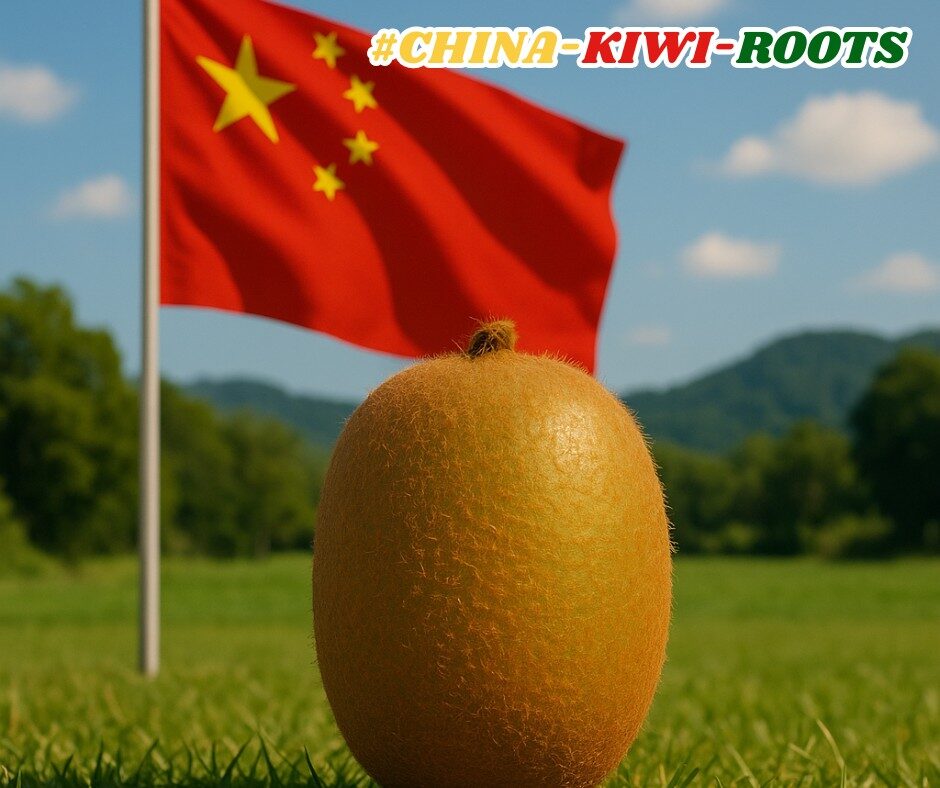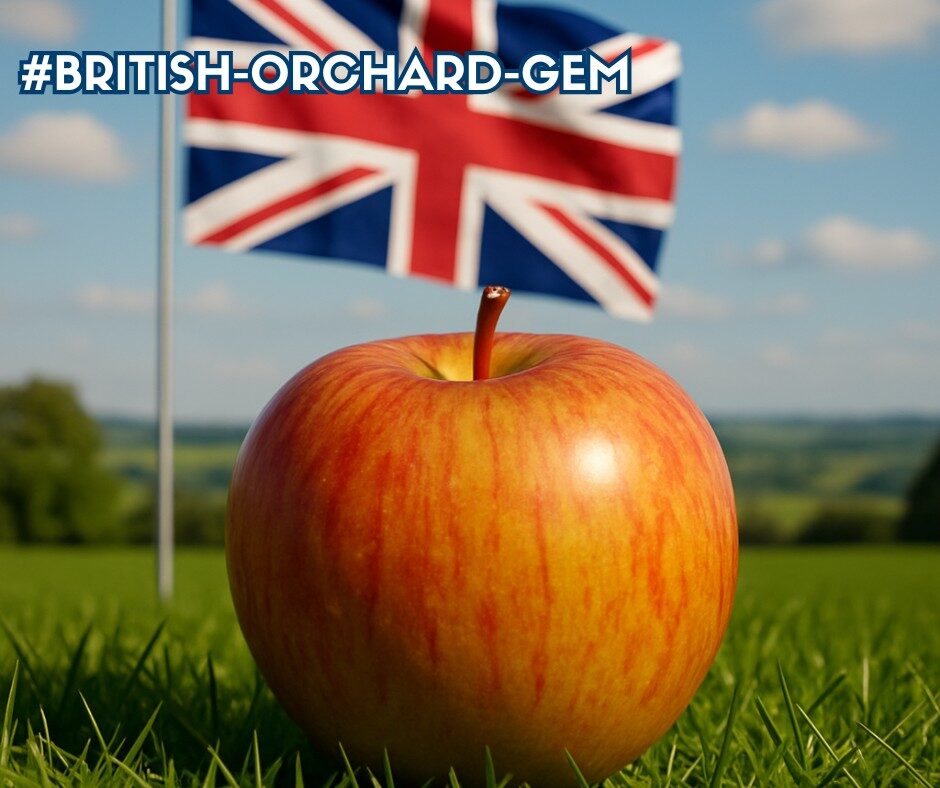by Dr. Marli Botha
As defined by the World Health Organization (WHO) and the Food and Agricultural Organization of the United Nations (FAO), fortification refers to the practice of deliberately increasing the content of an essential micronutrient. For example, vitamins and minerals (including trace elements) in a food, so as to improve the nutritional quality of the food supply. It may also refer to the addition of micronutrients to a food which are lost during processing.
“Fortification” means the addition of one or more micronutrients to a foodstuff, whether or not it is normally contained in a foodstuff for the purpose of preventing or correcting a demonstrated deficiency of one or more nutrients in the general population or specific population group of South Africa as determined by the Department of Health. The Magalies 100% Fruit & Vitamins product, as an example, is fortified with Vitamins [A, B1, B6, B12, E, Folic Acid and Pantothenic Acid].
Food and beverage fortification dates back to the early 1930s when dairy processors started adding vitamin D to fluid milk to prevent Rickets, a bone-debilitating disease that was prevalent at the time and linked to a deficiency in the fat-soluble vitamin. This is one of the first examples of a functional food, as the vitamin D was added to provide a benefit beyond basic nutrition. It was added to mitigate a disease.
Mild to moderate micronutrient deficiency is hidden, because very often the signs of deficiency cannot be seen or felt. Many people who suffer from micronutrient malnutrition often do not even realise that they have a problem. Obese people, an increasing issue in South Africa, also suffer from micronutrient malnutrition. More than 2 billion people worldwide suffer from micronutrient malnutrition largely caused by dietary deficiency though parasites, malaria and other factors such as poor sanitation.
The benefits, when micronutrients are added to staple foods and beverages at the industrial level, are that the fortification have a very small sensory impact on the foods. Other benefits namely, that consumer does not have to adjust food preparation methods, neither make life style changes nor does make, often long trips to the clinic to get supplements such as iron and folic acid that are routinely provided to patients. It has the advantage of being extremely low cost. As a population becomes increasingly under financial pressure the population, especially the poorest of the poor, become increasingly dependent on staple foods so the necessity for fortification actually increases.
Fruit juice products are a convenient and efficient delivery vehicle for many essential nutrients, those associated with specific bodily functions, as well as those that enhance overall well-being by enabling the body to function at its best. The most common approach to the latter is to fortify with ingredients classified as antioxidants, either in the form of a whole food, usually a juice, or an added nutrient, such as a plant extract or isolated vitamin.
https://www.foodbusinessnews.net/articles/5737-fortifying-beverages-to-fill-nutritional-gaps
https://foodfacts.org.za/food-fortification/
This article was compiled by Dr Marli Botha with the intention to inform and educate the public. All relevant contributing information is based on the regulations of March 2010 (R146) as well as the published R429 draft of the regulations as a guideline for those issues are not covered by R146.




